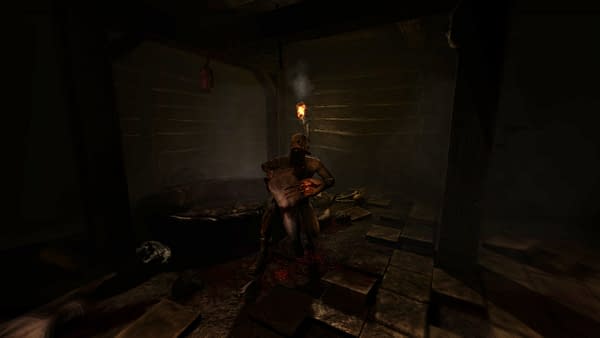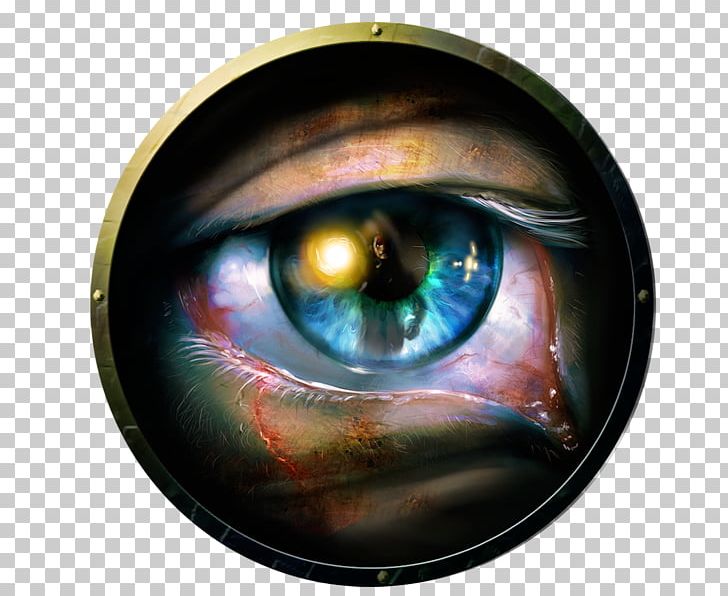

During the 1990's decade and later, a trend began with companies like iD Software and their games Doom and Doom II: Hell on Earth (built using their in-house idTech engine, also known as the Doom Engine) to create a game and reuse its underlying framework in other games with tweaks and -sometimes- major enhancements (eg. In older game generations (circa the 1980's), games were usually written as a whole contained program, and reutilization of parts of the code from one game into another was rarely seen (one case being the NES game Kid Icarus using Metroid 's engine, although this is more of an exception). Interaction with box using Physics Code in Penumbra Overture Processing of player's input from mouse and keyboard so these reflect in actions inside the game.Īnd other necessary tasks during the game's execution.Memory allocation and management for the duration of the execution of the game.Sound management, generation, panning, post-processing, mixing and other tasks.Scripting on scenario objects and events.

Graphics: light and shadow management, visual effects such as SSAO and radial blur, camera perspective, texture rendering and interaction with graphic APIs such as OpenGL in order to accelerate calculations using available hardware.In general terms, a game engine is the software portion of a game that enables and manages several aspects of a video game, in order to run on a computer or a dedicated game console, such as: 4.1 Custom Stories in Amnesia: The Dark Descent.


 0 kommentar(er)
0 kommentar(er)
